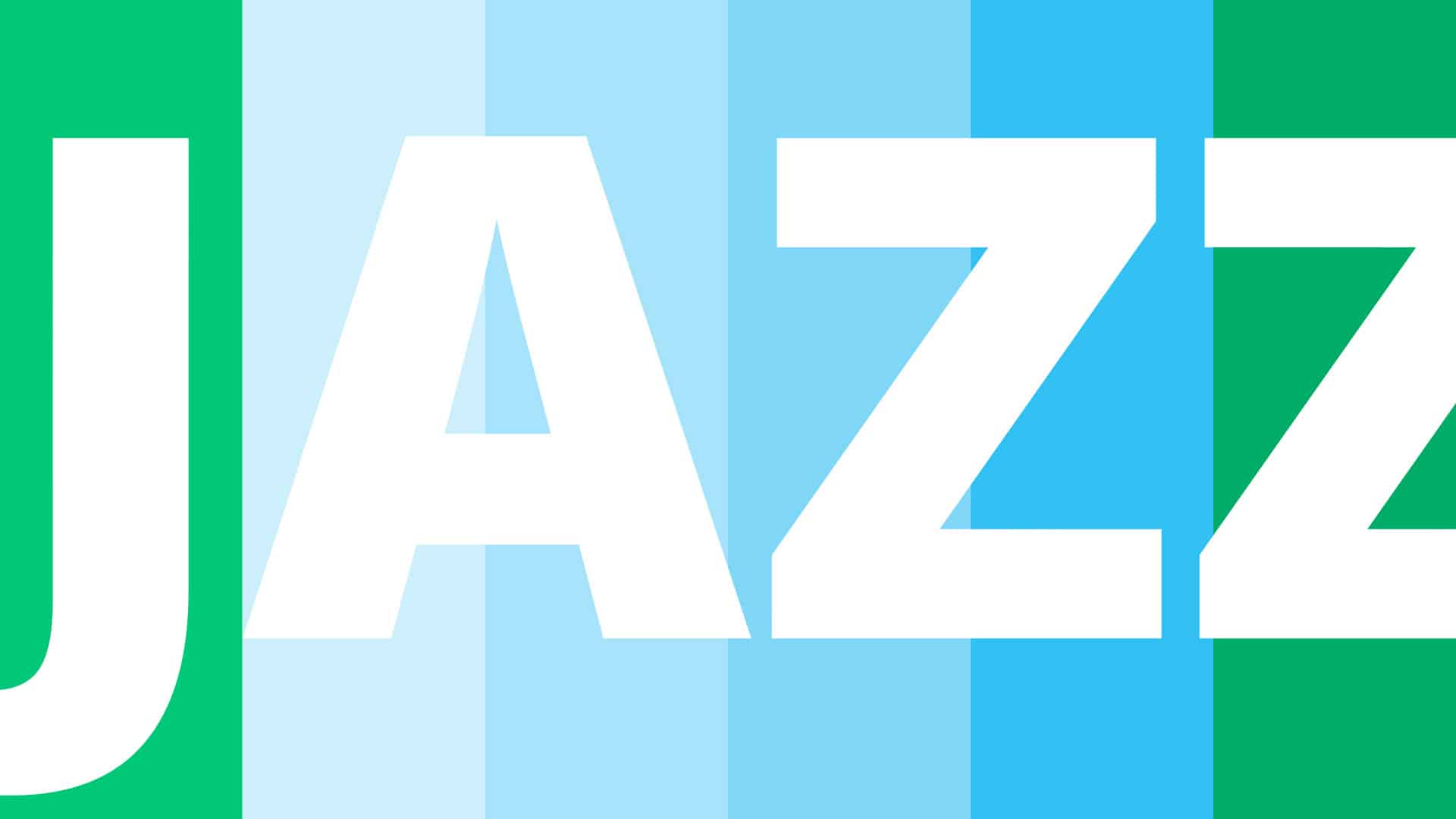
We at 2A create, modify and polish beaucoup business presentations—from crisp keynotes to 100-slide mega-technical decks. Throughout the process of arranging presentations, I’m always struck by a parallel to songwriting. Ponder the following for a moment. The musical building blocks of a song typically include things like verses, choruses, bridges, solos; all with a lyrical story woven over its top. In business presentations, building blocks might include an opportunity, a challenge, a solution, examples of success; all with a lyrical pitch over its top. The building blocks of both songs and presentations are organized, consciously or not, in common arrangements, so I asked the question; what’s the equivalent of that billboard-topping 2-minute pop song arrangement?
When formulas work, they work. Sports teams, politicians, businesses, artists—they all have them. If you analyze the arrangement of most hit pop songs, in terms of its building blocks, you’d likely find this: Verse—Chorus—Verse—Chorus—Bridge—Chorus—Chorus. And it’s no secret. Ok, what about jazz? Head—Solo—Solo—Solo—Head. Now, if you were to analyze the arrangement of 100 business presentations you’d most commonly find: Setting—Challenge—Opportunity—Company—Solution—Success stories—Call to action. That’s pretty much your twenty-minute pitch. I can’t possibly analyze all of these leadership keynotes, but my guess is most follow a similar arrangement, weaving in their mission statement somewhere toward the beginning. Technical decks are headier, like jazz: Context—How to do 1—How to do 2—How to do 3—How to do N—Call to action.
Of course in reality, one needs more than a formula to create a hit song or compelling pitch in PowerPoint, but it can be a good way to get past the intimidating silence of a blank page. Best-selling author Austin Kleon captured many a quote from artists to executives that illustrate just how deliberately people borrow ideas from others. Whether for songs or keynotes, I’d argue that it’s the interpretation of your influences, or the art of how you pitch your case, that matters most.

